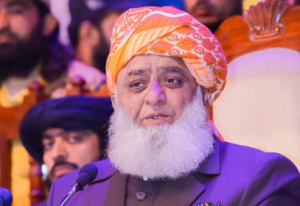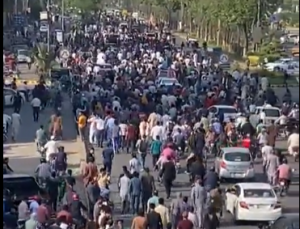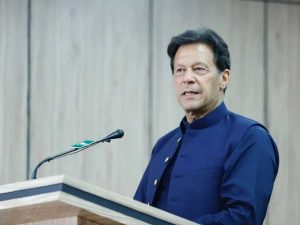According to a joint statement released on Thursday, India and Pakistan have decided to follow all the agreements on ceasefire along the Line of Control (LOC) and other sectors.
The decision on ceasefire, effective since Wednesday midnight, was taken at a meeting between the Director Generals of Military Operations (DGMOs) of India and Pakistan.
India and Pakistan signed a ceasefire agreement in 2003, but it has hardly been followed in letter and spirit over past several years with more violations than observance of the pact.
The DGMOs held discussions over the established mechanism of hotline contact and reviewed the situation along the Line of Control and all other sectors in a “free, frank and cordial atmosphere”.
“In the interest of achieving mutually beneficial and sustainable peace along the borders, the two DGMOs agreed to address each other’s core issues and concerns which have propensity to disturb peace and lead to violence.
Also Read: KPK government should not buy Dilip Kumar’s ancestral house: Lawyer of present owner
“Both sides agreed for strict observance of all agreements, understandings and cease firing along the Line of Control and all other sectors with effect from midnight of February 24/25,” the joint statement said.
They also reiterated that existing mechanisms of hotline contact and border flag meetings will be utilised to resolve any unforeseen situation or misunderstanding, it added.
In written response to a question in Lok Sabha earlier this month, Union Minister of State for Home G Kishan Reddy said a total of 10,752 cases of ceasefire violations have taken place along India’s border with Pakistan in the last three years, in which 72 security personnel and 70 civilians were killed.
He said 364 security personnel and 341 civilians were injured in cross-border firings along the International Border and the Line of Control in Jammu and Kashmir in 2018, 2019 and 2020.
Last week, the armies of India and China which have been engaged in a border standoff in eastern Ladakh concluded withdrawal of troops and weapons from north and south banks of Pangong Tso in the high-altitude region.
However, issues still remain. In the talks held between Indian and Chinese armies on Saturday which continued till the wee hours of Sunday, India is learnt to have insisted on a faster disengagement process in areas like Hot Springs, Gogra and Depsang to bring down tension in the region.
Also Read: India allows Pakistan PM Imran Khan’s aircraft to use its airspace for travel to Sri Lanka
The disengagement of armies of India and China from north and south banks of Pangong Tso is a “very good end result” and a win-win situation for both the sides, Army chief Gen M M Naravane said on Wednesday but stressed that there is a long way to go and the next steps towards it are de-escalation and de-induction of troops.
He also said there were no signs of an “overt collusion” between China and Pakistan during the Ladakh standoff but India caters to a long-term strategy for not a two, but a two-and-half front war. With the half front, he was referring to the internal security.






